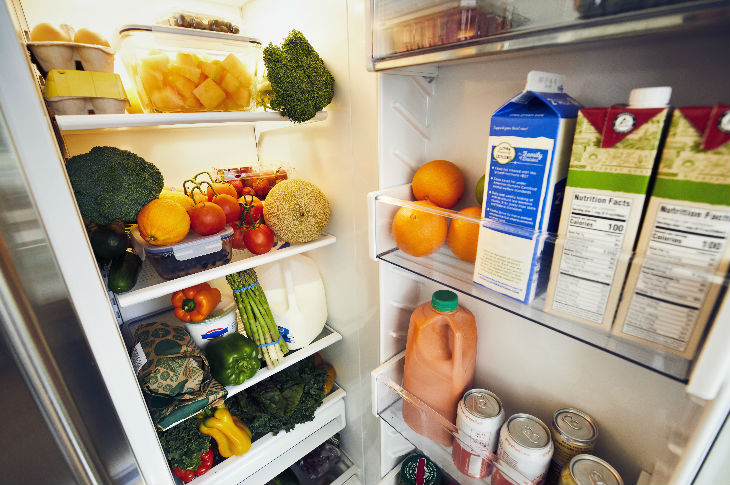
As we all try to keep our grocery runs to a minimum during this time, many of us may be wondering how best to store our food in order to extend the longevity, eliminate waste, and most importantly, to keep ourselves safe from foodborne illnesses. If you don’t know the answers to these questions, don’t fret. Here are some facts about foodborne illnesses and how to prevent it by better storing your perishable foods.
Food Poisoning Causes
If food ingredients aren’t handled and stored correctly, they can become contaminated with organisms like bacteria, viruses, and parasites. Eating contaminated food can cause food poisoning or foodborne illness. If you’ve ever experienced food poisoning before, you’ll know that symptoms are pretty unpleasant.
Since many cases of food poisoning happen at home, knowing how to handle perishable food is your best defense against foodborne illnesses. Thankfully, we live during a time where two of life’s most useful inventions exist—fridges and freezers! They help to keep food safe and extend the shelf life of many ingredients.
Top Food Storage Tips
Keep hands, utensils, and surfaces clean. Wash your hands with warm soapy water before handling food. Wash utensils with hot, soapy water, and be sure to clean kitchen surfaces regularly.
Refrigerator or freeze as soon as possible. Don’t allow more than 90 minutes to lapse between shopping and chilling or freezing your food. If it’s a hot day, aim for less than an hour.
Wash fresh produce before storing it. As you get home from the supermarket, be sure to wash your hands with soap and water for at least 20 seconds. Make it a habit to give all fresh fruit and veggies a good wash and rub under cold running water before you pack them away.
Ensure the fridge temperature is correct. Aim for 40 ℉ (5 ℃) or below. Try to keep a thermometer in the fridge to keep track of the temperature.
Store raw meat, poultry, and fish correctly. Raw meat juices or blood can cause cross-contamination to the other foods stored beneath it, so it’s important to store them in a separate meat compartment, which is on the bottom shelf or bottom drawer of your fridge, below ready-to-eat food, and in covered containers.
Keep ready-to-eat foods covered and separate. Always keep ready-to-eat foods wrapped with kitchen foil, cling film, plastic containers with lids, or freezer bags. Store them away from raw ingredients like meats and unwashed fruit and vegetables.
Defrost food slowly. Remember to plan ahead and allocate sufficient time to avoid harmful bacteria from growing. Allow 24 hours to defrost every five pounds (two and a half kilograms) of meat or chicken.
Cook foods to a safe temperature. A general rule of thumb is to make sure that your food is cooked to at least 160 to 165℉ (70 to 75℃). A food thermometer can be handy and a reliable way to check, but if you don’t own one, you can visually eyeball uncooked food: Meat should no longer be dark red; chicken should be white, not pink; and fish should be opaque.
When in doubt, throw it out. Bacteria from raw meat, poultry, or seafood can easily spread to ready-to-eat or cooked food when touched. If you suspect that any of it has not been stored properly or kept separate from raw ingredients, throw it away.
This information is for educational purposes only and is not intended as a substitute for medical diagnosis or treatment. You should not use this information to diagnose or treat a health problem or condition. Always check with your doctor before changing your diet, altering your sleep habits, taking supplements, or starting a new fitness routine.

If you have questions about a Fitbit tracker, product availability, or the status of your order, contact our Support Team or search the Fitbit Community for answers.
Please note: Comments are moderated and may not appear immediately after submission.